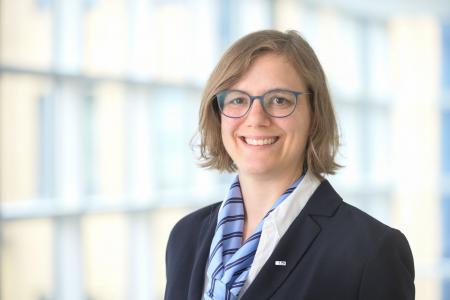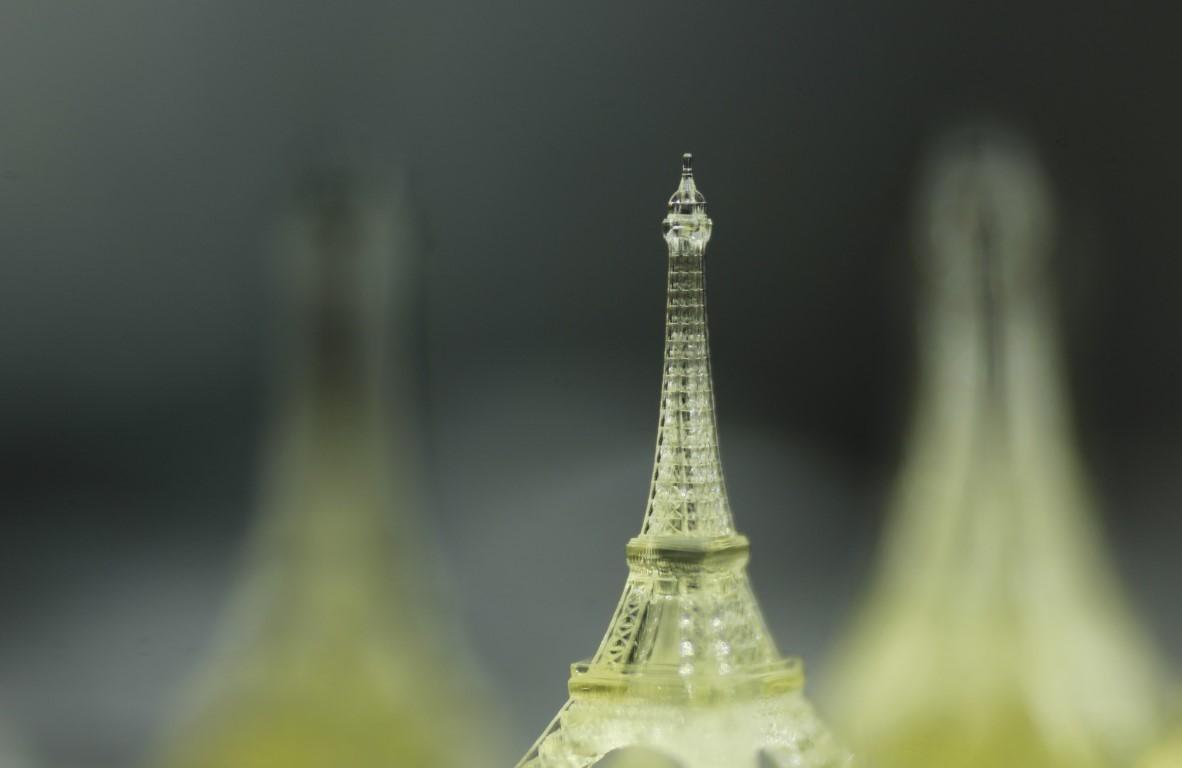Micromachining with ultrashort pulse lasers - the LZH at the MICRONORA 2016
From 27 to 30 September 2016, the Laser Micromachining Group of the Laser Zentrum Hannover e.V. (LZH) will be exhibiting at the MICRONORA, the trade fair for microtechnology in Besançon, France. There, they will be presenting current projects and services from the field of laser micromachining and additive manufacturing of plastics.
Ultrashort pulse lasers are universal tools for the processing of almost any solid material. These lasers are highly flexible to use and generate precise and stable structures with minimum thermal and mechanical damages. For today’s demands on material processing, these properties are indispensable – for micromachining they are even more important. The LZH develops processes for the laser micromachining of various materials. At the MICRONORA, among others, the latest processing techniques for ceramics will be shown.
In the field of micro ablation, functionalized surfaces and integrated sensors will be presented. These impart new or improved properties to parts, and increase their efficiency and long-life cycle. In cooperation with industrial partners, the LZH is developing processes for the microstructuring of metals and non-metals for mechanical engineering, medical technology and the solar sector. With integrated sensors even smallest strains in components of a tool machine that are difficult to deform can be measured. In that way, the state of the machine can be monitored during operation, process forces and vibrations can be measured, and this information can be used for the control and optimization of the process.
Another priority of the Laser Micromachining Group is the additive manufacturing of plastics. At the MICRONORA, they will be exhibiting 3D parts that can be manufactured with a resolution of up to 5 µm. The process used here is micro stereolithography, a bath-based, layer-by-layer technique. However, the basic materials can also be applied to surfaces by an aerosol jet and then be cured. This enables processes that were impossible so far: With this method, it is possible to use existing parts and uneven surfaces as a basis – even for multi-material processes.
Visit us at stand 406 in hall C to learn more – our laser micromachining experts are looking forward to meeting you!

